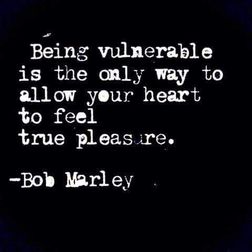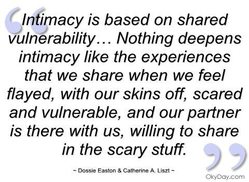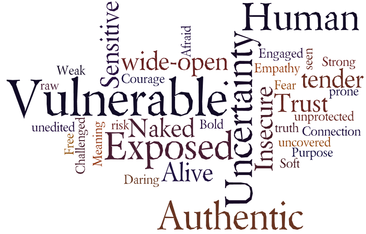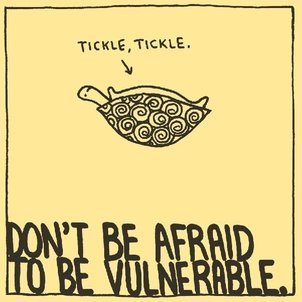Intimacy & sexuality.

Hi, my name is Drew Lawson, i’m honoured to be the resident sexologist here at Whores of Yore. Submit a question here and i’ll answer them on a weekly blog post on this page(scroll down). Ask me about coaching here.
Scroll down this page for blog posts.........
www.drewlawson.co / @intimateheart
Scroll down this page for blog posts.........
www.drewlawson.co / @intimateheart




